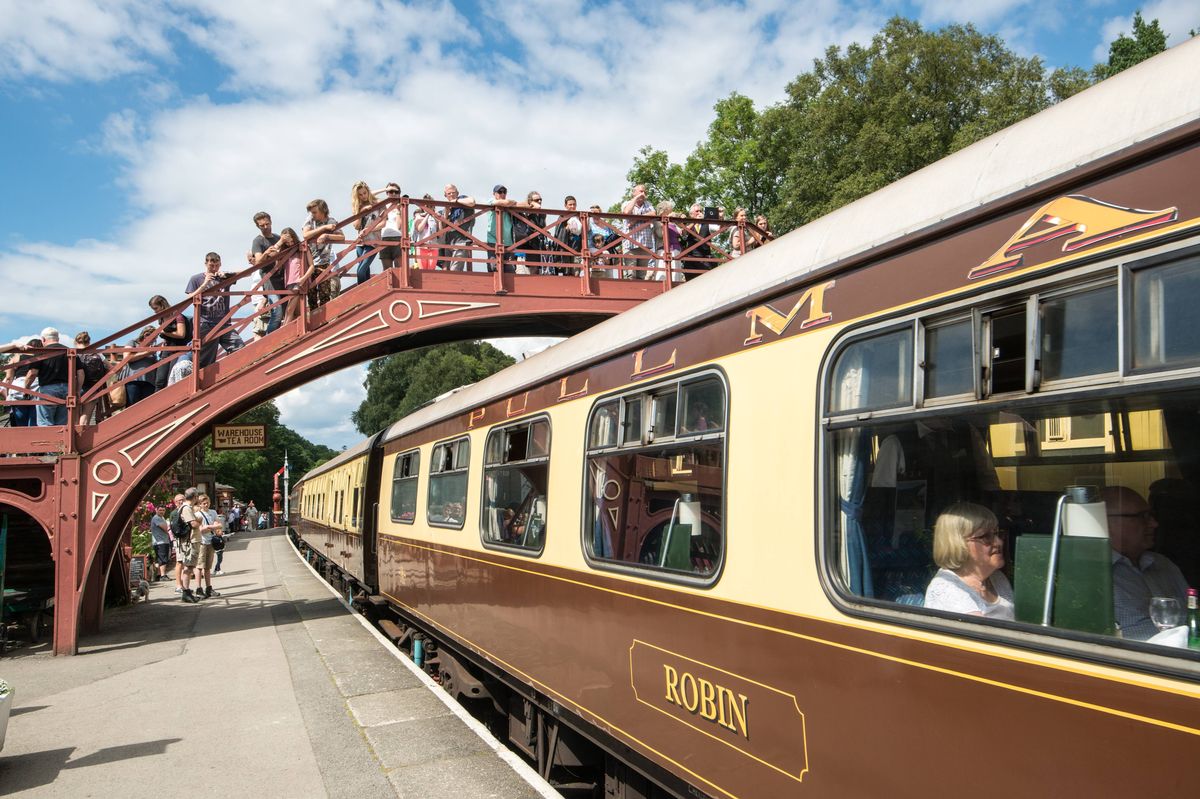This little village sits within the stunning North York Moors National Park and is the real-life set for a number of popular TV and film productions – but there’s more than meets the eye
Nestled within the stunning landscape of the North York Moors National Park, this charming village brims with character and boasts surprising connections to the entertainment world.
Goathland sits amid the Yorkshire Moors, crafted as a perfectly English settlement with abundant discoveries awaiting visitors. Most will instantly recognise it from its starring role in the beloved television series Heartbeat, where it’s known as Aidensfield. Debuting in 1992, Heartbeat was a British police drama set in this Yorkshire village during the 1960s. The show proved enormously popular with audiences and enjoyed an impressive television run until its concluding episode in 2010. Yet Heartbeat’s finale wasn’t Goathland’s last moment in the spotlight, as it became a key filming location for the Harry Potter movie series.
Indeed, the picturesque railway station served as Hogsmeade Station throughout the films and boasts a fascinating heritage of its own. It stands as a treasured piece of history along the North Yorkshire Moors Railway (NYMR) heritage route, celebrated for its authentic Victorian architecture from the 1800s, drawing countless visitors eager to witness these features.
The location serves as a paradise for train enthusiasts, with the railway operator providing various steam journeys featuring breathtaking trips across the moorland. A recent visitor to the station shared on TripAdvisor: “We enjoyed travelling on the steam trains and made some very special memories. We found all the staff (many of which are volunteers) to be very friendly and more than willing to chat and share stories of the railway. We thoroughly enjoyed our time visiting and would recommend.”
Beyond the station, this charming village boasts an enviable location, nestled near Whitby whilst bordering tranquil countryside. This makes it the perfect retreat for those eager to discover the great outdoors, particularly within Dalby Forest. The park encompasses a staggering 8,500 acres of terrain that provides breathtaking vistas, countless hiking paths and cycling routes for those wanting to explore the region. Part of this includes the Dalby Activity Centre, which boasts an array of adrenaline-fuelled pursuits and several Go Ape courses to challenge your adventurous spirit.
Other delightful features of this concealed village treasure include its nearness to Thomason Foss, a charming small waterfall providing a peaceful stroll and spot for a wild dip during summer.Afterwards, when keen ramblers seek somewhere to pause for a swift drink, they’ll frequently end up at The Goathland Hotel Bar.
Alternatively, guests can unwind with a brew at the traditional village tea rooms, which one recent guest described as a “great find”. They commented: “Excellent food and service, Would thoroughly recommend to anyone visiting Goathland. Plenty of tables to accommodate all sized parties and allowing well behaved dogs is a bonus.”

